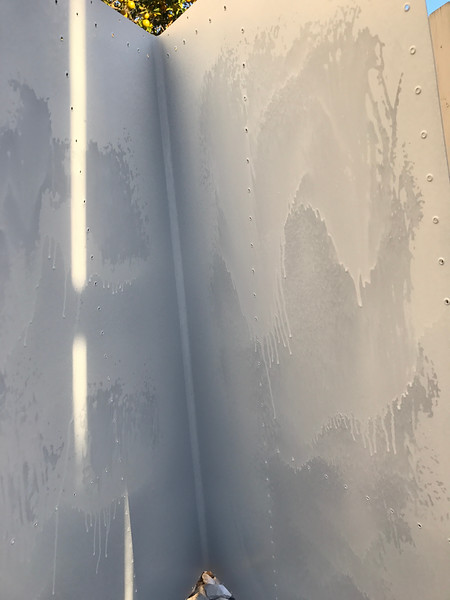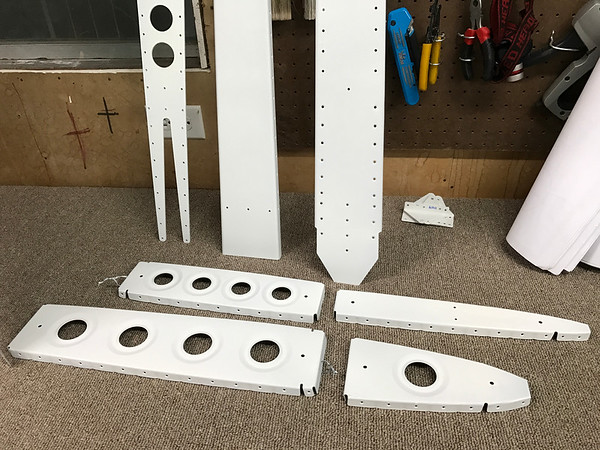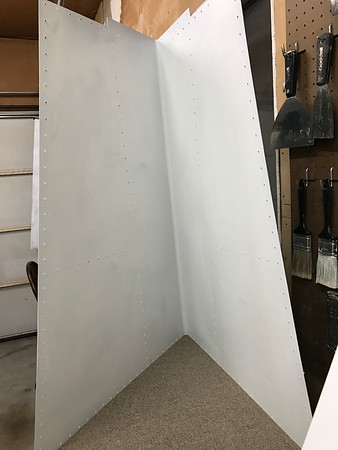Draker
Well Known Member
Hi, VAF folks who have done this before!
Just started priming my first few parts, and man I am doing something wrong. The primer (Stewart Systems) is running all over the place, coming out very thin and drippy. Followed the mfgr instruction to dilute 10% water, and sprayed (~40psi) as evenly as I could but it's just turning into a mess. Anyone who's gotten good at this have any tips? Is this fix-able later (sand paper or scotchbrite pad)?
Here's my vertical stabilizer (getting a similar effect on the rest of the parts as well). It's even running through all the holes in the skin to the front side!

Ryan
Just started priming my first few parts, and man I am doing something wrong. The primer (Stewart Systems) is running all over the place, coming out very thin and drippy. Followed the mfgr instruction to dilute 10% water, and sprayed (~40psi) as evenly as I could but it's just turning into a mess. Anyone who's gotten good at this have any tips? Is this fix-able later (sand paper or scotchbrite pad)?
Here's my vertical stabilizer (getting a similar effect on the rest of the parts as well). It's even running through all the holes in the skin to the front side!

Ryan






